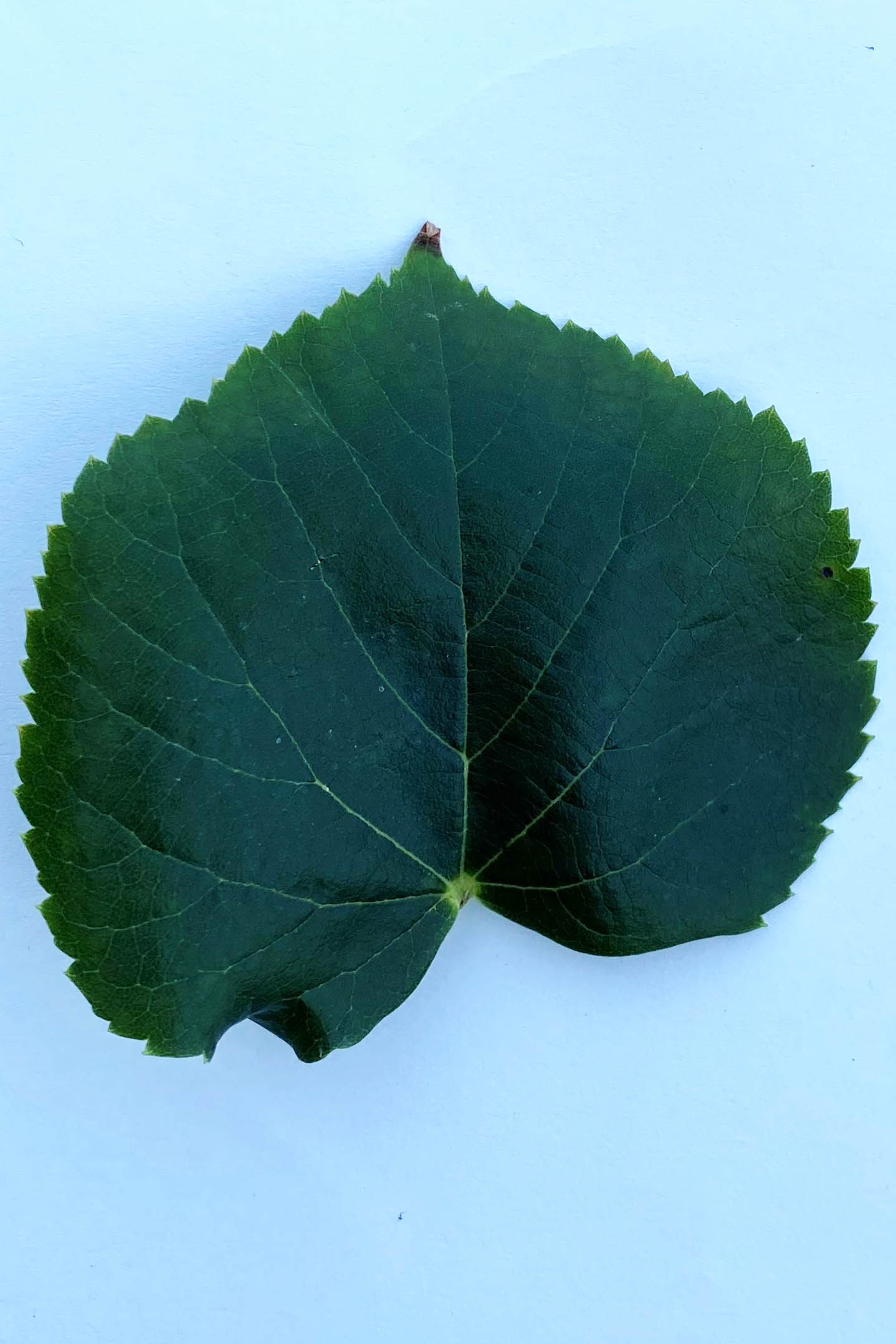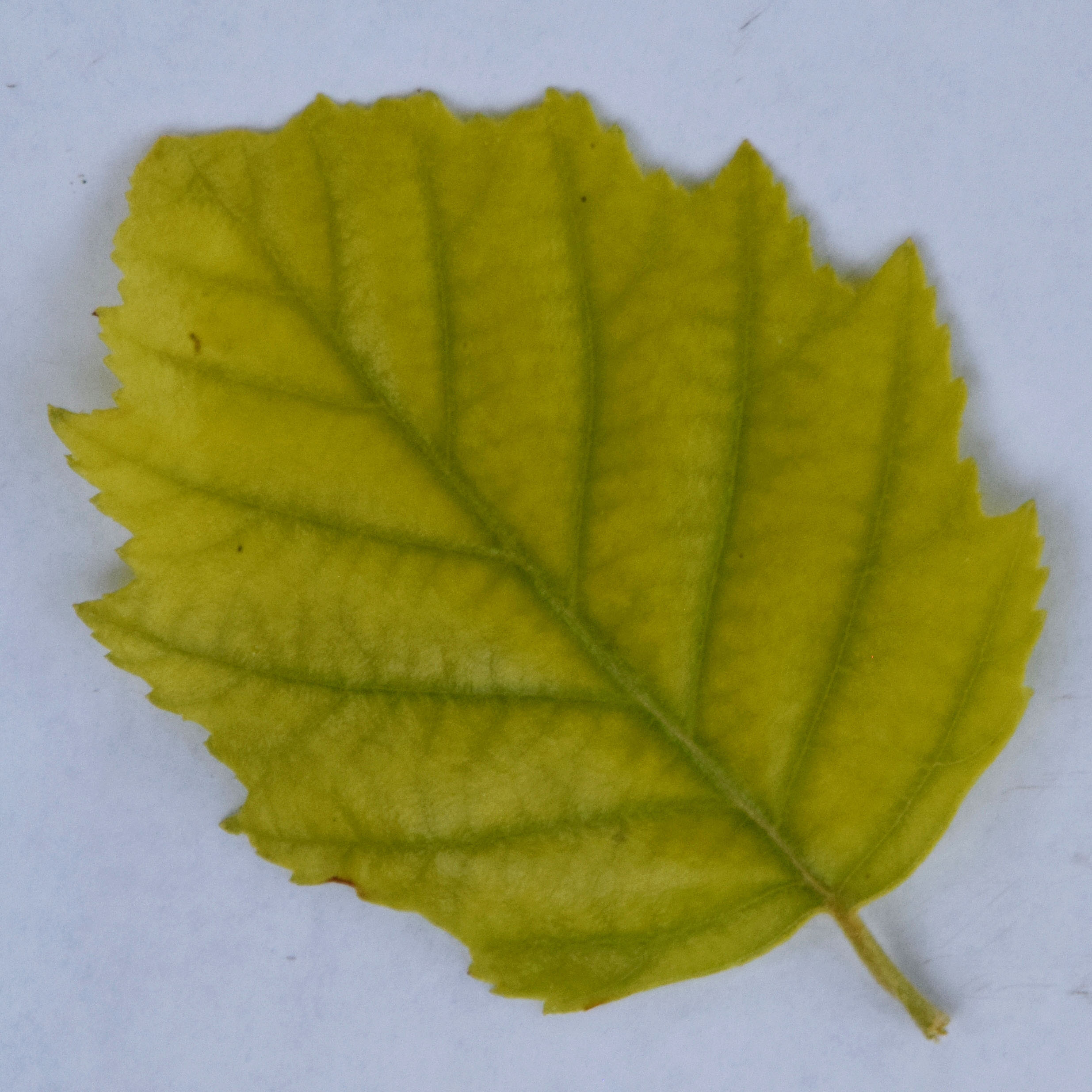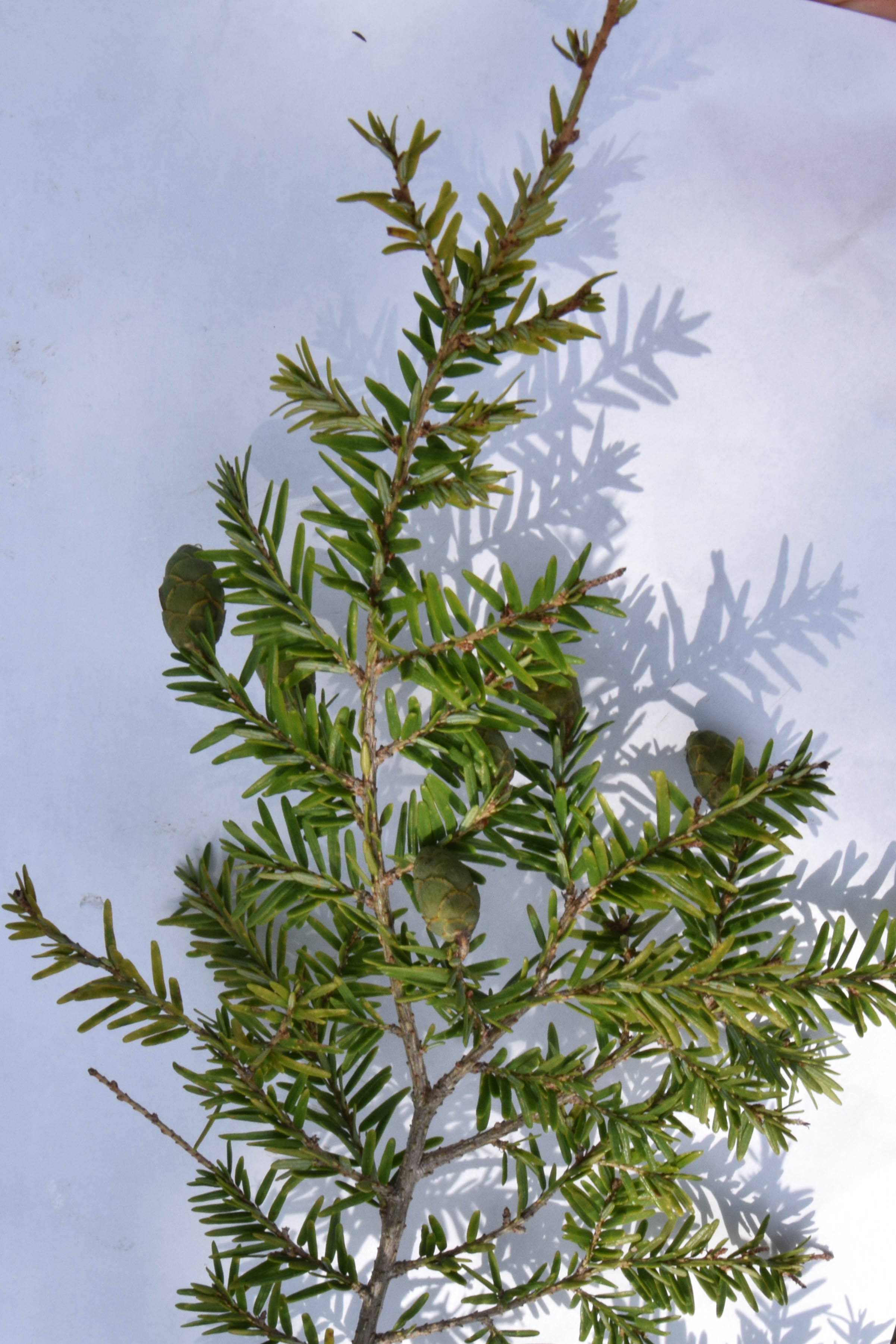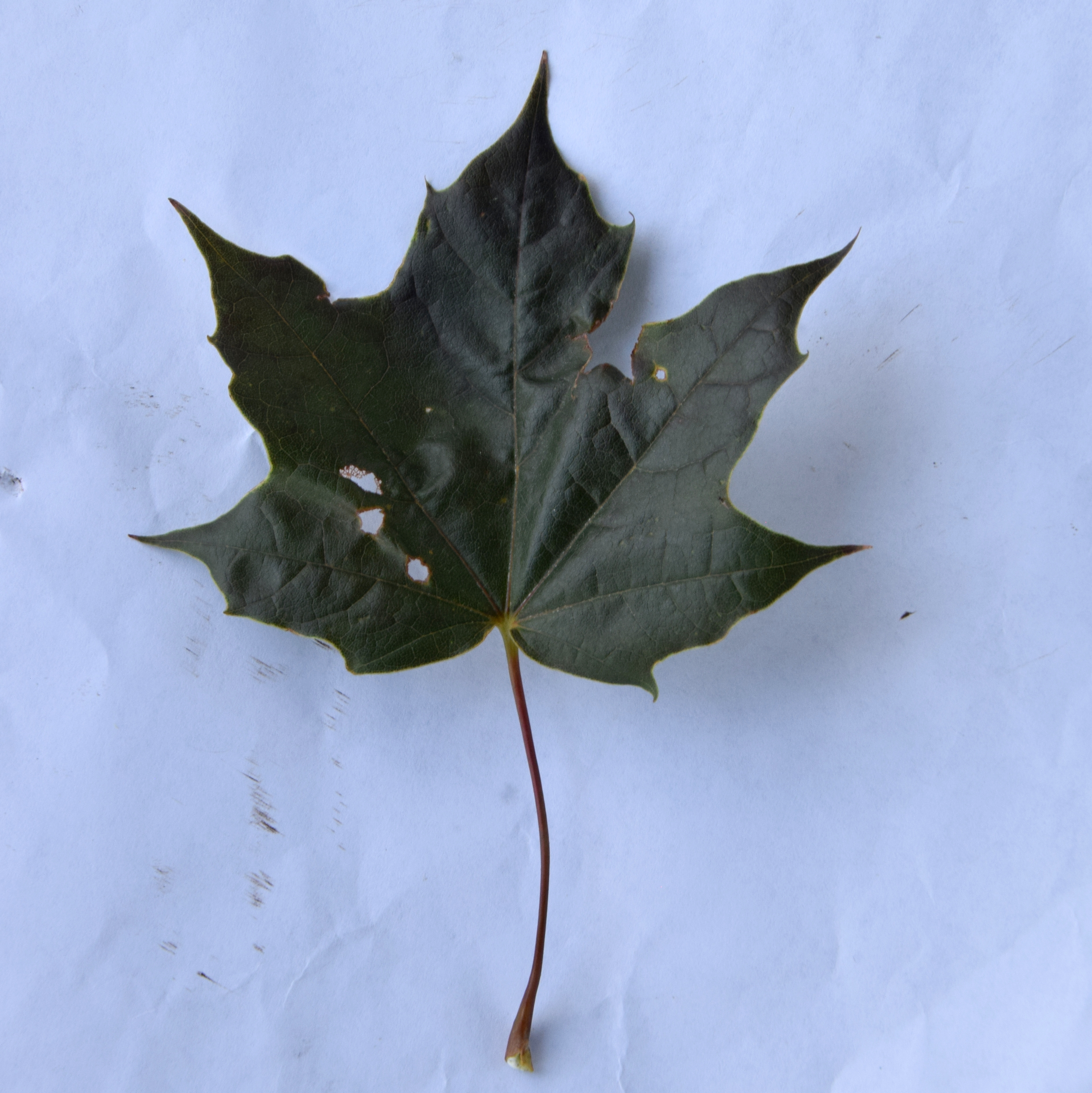
The Morton Public Library has a diverse collection of trees planted on the library property.
Extension Master Gardeners have identified twenty-six trees to illustrate that diversity and provide a sampling of species one might find in Illinois. Both the common and scientific names of each tree are listed, along with identifying characteristics, so that patrons may walk the property and familiarize themselves with each tree.
Each description provides identifying characteristics that are important in determining tree species. These include leaf shape, leaf attachment to the branch (opposite, alternate, or whorled), shape of the tree, height of the tree, bark, fruit, and buds.
Additional information about each tree can be found at the links provided in the tree descriptions. The additional details are provided by The Morton Arboretum.
The tree walk begins to the far right of the front entrance doors, as you’re facing the entrance. It is located near the exit side of the half-moon drive at Pershing Street.

Acer Palmatum
Non-native ornamental tree that has many cultivars.
Leaves: simple, opposite, 5-7 lobes and 2-5 inches
Fruit: winged samaras
Height: 10-20 feet depending on the variety

Lindera benzoin
This is a medium to large shrub that is native to eastern North America and can grow in full sun to part shade. It prefers moist soil. It is the host plant for the Spicebush swallowtail and supports multiple other butterflies. It has yellow blooms in early spring.
Leaves: alternate, elliptical, dark green and shiny
Fruit: 1/2 long red berry like drupe; requires a male and female bush to produce fruit
Height: 8-12 feet

Amelanchier arborea
This is a small multi stemmed tree that is native to North America that provides multi season interest with white flowers in the spring, edible fruit for wildlife and humans in the summer and colorful leaves in the fall.
Leaves: opposite and simple
Fruit: round pome ¼ in diameter
Height: 15-25 feet

Malus
This is a small tree. Many species of cultivated Crabapple can be found throughout Illinois. Species introduced hundreds of years ago have been bred with native varieties. The edible fruit is an important food source for wildlife, especially for birds.
Leaves: alternate and simple
Fruit: red pome up to 1 inch in diameter
Height: 15-25 depending on cultivar

Tilia cordota
Tree that is native to Europe. Blooms in June and is an important source of nectar for bees and pollinators, as well as a habitat for wildlife.
Leaves: heart shaped, simple, alternate
Fruit: 1/3 inch nutlet on a long strap like bract
Height: 60-70 feet

(Betula nigra)
Multi-stem variety, native tree.
Leaves: alternate, simple, coarsely double toothed, rhomboid to ovate in shape
Fruit: tiny, hairy nutlet with 3 lobed wing
Height: up to 75 feet tall

(Cercis canadensis)
This is a small tree that is native to North America and often grows in the understory of large trees in woodlands. It produces showy pink to purple blooms in early spring.
Leaves: heart shaped, simple, alternate.
Fruit: green to brown seed pod.
Height: 20-30 feet.

(Fagus sylvatica purpurea)
Variation of a European beech.
Leaves: simple, alternate, and may keep leaves on tree until spring.
Fruit: small triangular nuts ½-3/4 inch in size but often not produced until the tree is 10 years old.
Height: depends on location but up to 100 feet.

(Pinus strobus)
This tree is native and is a long-lived, fast-growing tree.
Leaves: soft needles in clusters of 5.
Fruit: woody cone up to 8 inches long.
Height: up to 150 feet in some regions.

(Syringa reticulata)
Non-native flowering tree.
Leaves: simple, opposite, ovate.
Fruit: capsule fruits after early summer fragrant flowers.
Height: 20-30 feet.

(Quercus rubra)
This recent addition to the library is native to the Midwest and provides 3 seasons of colors in the leaves.
Leaves: simple, alternate, large with 7-11 lobes that are bristle tipped.
Fruit: 1.5 inch pale brown acorn with cap only covering ¼ of the acorn.
Height: up to 120 feet.

(Liriodendron tuilipfera)
This native tree with 2-inch-long cup shaped yellow/orange/green flowers in May.
Leaves: simple, alternate; 4 lobes with a distinctive V shaped notch at the top.
Fruit: 2.5-inch-long samaras which form in aggregate clusters.
Height: 90-120 feet.

(Acer saccharum)
This native tree is known for its brilliant yellow to orange leaves in the autumn. The sap can be used to make maple syrup in the spring.
Leaves: simple, opposite, 3-5 lobes; is a wide as is long.
Fruit: up to 1 inch long yellow-brown samara.
Height: up to 100 feet.

(Nyssa sylvatica)
Native tree common to the eastern and southern U.S.
Leaves have a vibrant red Fall coloring.
Leaves: simple, alternate, oval 2-5” long.
Fruit: ½” berry-like fruit.
Height: 50-70 feet.

(Thuja occidentalis)
Native shrub or tree. The name means “Tree of Life” as Native Americans used this tree for medicinal purposes.
Leaves: flat, forming a flattened spray.
Fruit: ½ inch cones.
Height: 3-40 feet depending on variety.

(Magnolia soulangeana)
Non-native ornamental tree with pink blooms in early spring.
Leaves: simple, alternate, oblong.
Fruit: 1-3 inch dry hard red irregular shaped.
Height: 20-30 feet.

(Betula nigra)
Single stem variety, native tree. Compare this trunk to #6 on the tree walk.
Leaves: alternate, simple, coarsely double toothed, rhomboid to ovate in shape.
Fruit: tiny, hairy nutlet with 3 lobed wing.
Height: up to 75 feet tall.

(Acer saccharinum)
Native tree that is no longer recommended for planting due to its weak wood and invasiveness in woodland settings.
Leaves: simple, opposite, deeply palmately 5-lobed.
Fruit: samara borne in pairs that are yellow to green and up to 3 inches long.
Height: 50-70 feet.

(Acer nigrum)
Native tree that is also called black sugar maple; considered a hard maple.
Leaves: simple, opposite, 3-5 lobes, nearly as broad as long and have a drooping appearance.
Fruit: samaras that grow in pairs up to 1 inch long.
Height: up to 85 feet.

(Quercus bicolor)
Native tree of moderate height.
Leaves: simple, alternate, saw-toothed edge or shallow lobes; two toned with underside being lighter and hairy.
Fruit: 1-1.5 inch pale brown acorn.
Height: up to 60-100 feet.

(Tsuga canadensis)
Native shade tolerant coniferous (evergreen).
Leaves: flat dark green leaves that are ½ inch long.
Fruit: ovoid seed cones less than an inch long.
Height: up to 100 feet.

(Gingko biloba)
Non-native tree (native to China) with unique leaves that turn brilliant yellow in the fall.
Leaves: simple, alternate, fan shaped.
Fruit: only produced by female tree; 1 inch yellow orange with an unpleasant odor.
Height: 50 feet.
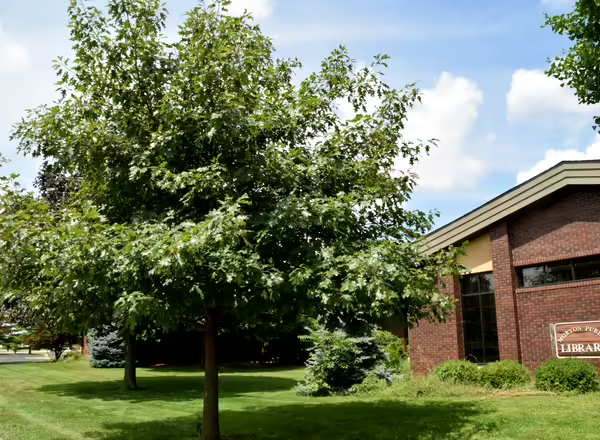
(Quercus rubra)
Native to the Midwest and provides 3 seasons of colors in the leaves.
Leaves: simple, alternate, large with 7-11 lobes that are bristle tipped.
Fruit: 1.5 inch pale brown acorn with cap only covering ¼ of the acorn.
Height: up to 120 feet.

(Acer platanoides ‘King Crimson’)
Non-native tree, commonly seen in urban setting along streets and in parks. It is not recommended for plantings as this species has the potential to become invasive in woodlands.
Leaves: opposite, simple, palmately lobed with 5 lobes.
Fruit: double samara.
Height: up to 100 feet.
Sources:
University of Illinois Extension. (2009) Forest Trees of Illinois, University of Illinois Extension Press
Theilgaard Watts, May. (1998) Tree Finder: A Manual for the Identification of Trees by their Leaves. Birmingham, AL: Nature Study Guild Publishers.
Tekiela, Stan. (2023) Trees of Illinois Field Guide 2nd Edition. Cambridge, Minnesota: Adventure Publications
Extension Master Gardeners Morton Tree Walk development team
Janine Donahue
Sister Anna M. Flanigan
Sarah Smith
Original Creation Date: 2024
Updated: August 2025
Archived handouts:







